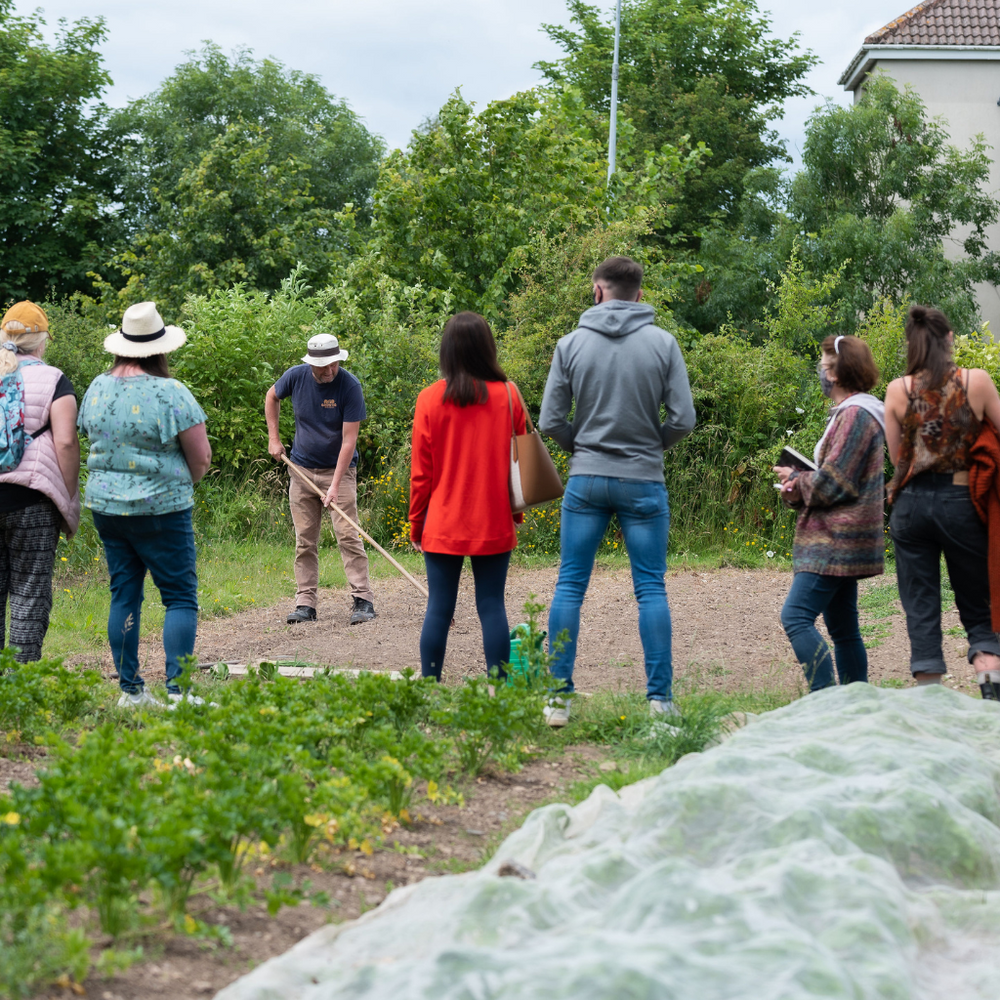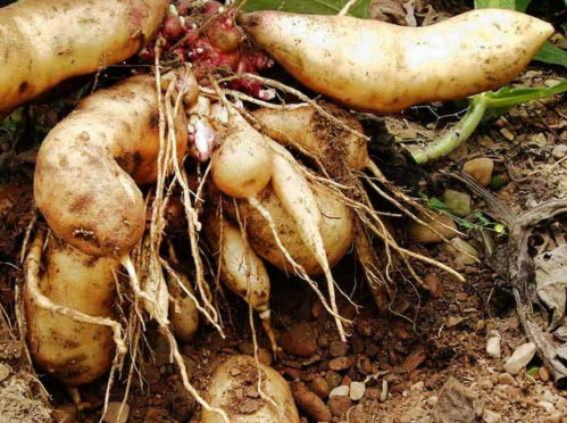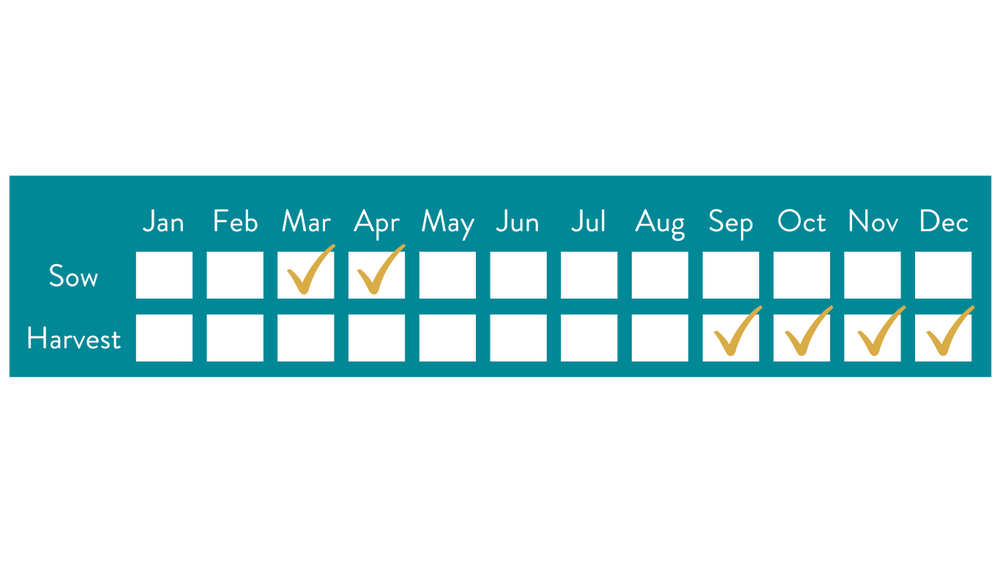
Video Guides
Need to build a raised bed? Or maybe you're battling those pesky slugs. We've got videos filled with easy and practical tips to help you in your veg patch.

Courses
Learn to grown, cook and eat some of your own food with our courses held at GROW HQ.

Yacon
Veg Type:
Tubers
Growing Location:
Indoors and Outdoors

Yacon looks like a very large potato, but it has a surprisingly sweet, apple-like taste and a juicy texture.
It’s creating quite the buzz among nutritionists because of the unusual way it stores its carbs, as indigestible sugar (insulin) rather than starch. It is therefore highly promising as a way to introduce sweetness into the diet of diabetics.
Recommended Variety
- Tubers can be attacked by slugs so don’t leave them in the ground too long.
Sowing
- Yacon will grow in any reasonably fertile soil but will be most productive in soil with compost and a general fertiliser added a week or two before.
- Yacon is grown from tubers from last year’s crop. There are two types of tubers – the knobbly ‘stem’ tubers that grow just under the surface around the stalk of the plant and look a lot like Jerusalem artichokes, and the large, smooth edible tubers that grow outside of these. The former are the ones used for propagating the following year’s crop, while the latter are for eating.
- Separate the knobbly tubers in March, making sure you have a growth point on each.
- Plant each one in a large pot with good quality potting compost for later transplanting. Place the pot in a polytunnel or indoors.
Growing
- Yacon is frost sensitive so don’t plant out until May.
- When ready to transplant space them 1 metre apart.
- The plants can be slow to get going but can eventually reach a height of 2m.
- Water if the soil becomes dry.
Harvesting
- Yacon tubers do a lot of their growing late in the season, so leave the plants to be killed off by the first frosts in winter.
- Dig the whole plant carefully – the yield will be 5-10 large tubers per plant.
- Snap these off – they will store in a frost-free shed in a box of sand and will sweeten further over time.
- Cut the stem of the plant back to about 10cm and store this ‘crown’ with the knobbly root tubers attached for next year’s crop, also storing in sand.
TIPS
- Yacon was valued by the Incas for its thirst-quenching qualities.
- Yacon is related to the Dahlia.
Our food system is broken and at GIY we believe that nurturing a real connection to where our food comes from is the key to fixing it.
We're on a mission to inspire a global movement of food growers, one GIYer at a time.
Sign up to be the first to hear about all things GIY.













